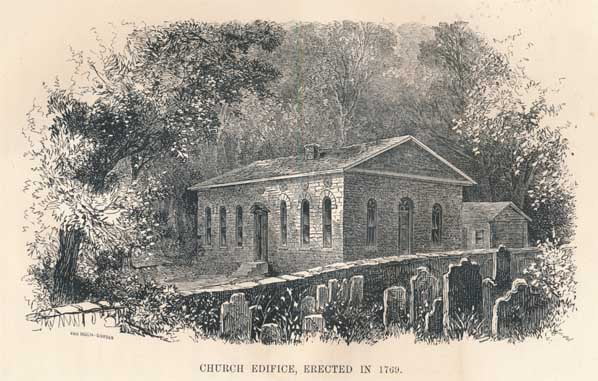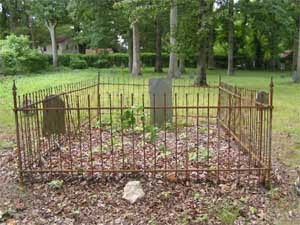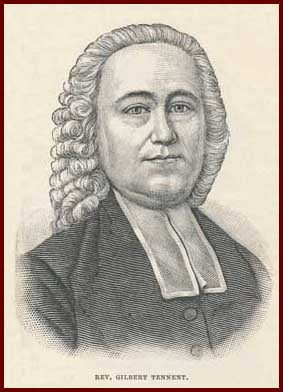Unity Where There Was Disunity
This historical devotional and the May 27th devotional deal with the same topic, that of the Old Side – New Side schism in early Presbyterianism. On May 27, we will look at what caused the infant Presbyterian church to divide into two sides in 1741. On this day, May 25, we will look at how they were brought together again in 1758.
What were the points of difference, even though we will wait until the latter date in May to see them in detail? They could be summarized in two words: education and evangelism. The first difference centered around the education of ministers, whether European credentials were required, like from Scotland or England theological colleges, or whether training in schools in the colonies, such as the Log College of New Jersey, was sufficient. The second difference was composed of the issue of the revival meetings of the Great Awakening, and whether permission needed to be sought and given when engaged in them in other presbyter’s parishes. One can immediately see that no doctrines were at stake, but rather differing ways of doing the Lord’s work.
Such differences on these two points accounted for this schism in 1741 which lasted sixteen years to 1758. By then, men and churches who took strong stands in the 1741 schism had either died or moved on. Further, there was on the part of a few ministers who had been most vocal in their affirmations and denunciations during the schism, like the Rev. Gilbert Tennent, a sincere repentance on choice of words used to describe the other side.
The Plan of Union in 1758 affirmed the method of revivals, such as the New Side Presbyterians engaged in, was proper. It even ascertained that the Great Awakening was a blessed work of the Holy Spirit. Yet there was a recognition that if the authority of local presbyteries and synods forbade the wandering of evangelists, who came into other fields without even asking permission to do so, that would have to stop.
As far as education was concerned, the candidates for the gospel ministry should be able to both declare the theological basis of their beliefs (such as the Old Side championed) as well as show experimental acquaintance with the gospel (as the New Side emphasized).
A unified Presbyterian church was ready to progress ahead for the challenging years ahead of her, especially in the birth of a new country called the United States of America.
Words to Live By: As long as union is not accompanied by denials of Christian theology, it is to be prayed for, worked on, perseveringly kept, and greatly rejoiced over as producing stronger instruments for the glory of God and the growth of the church.




